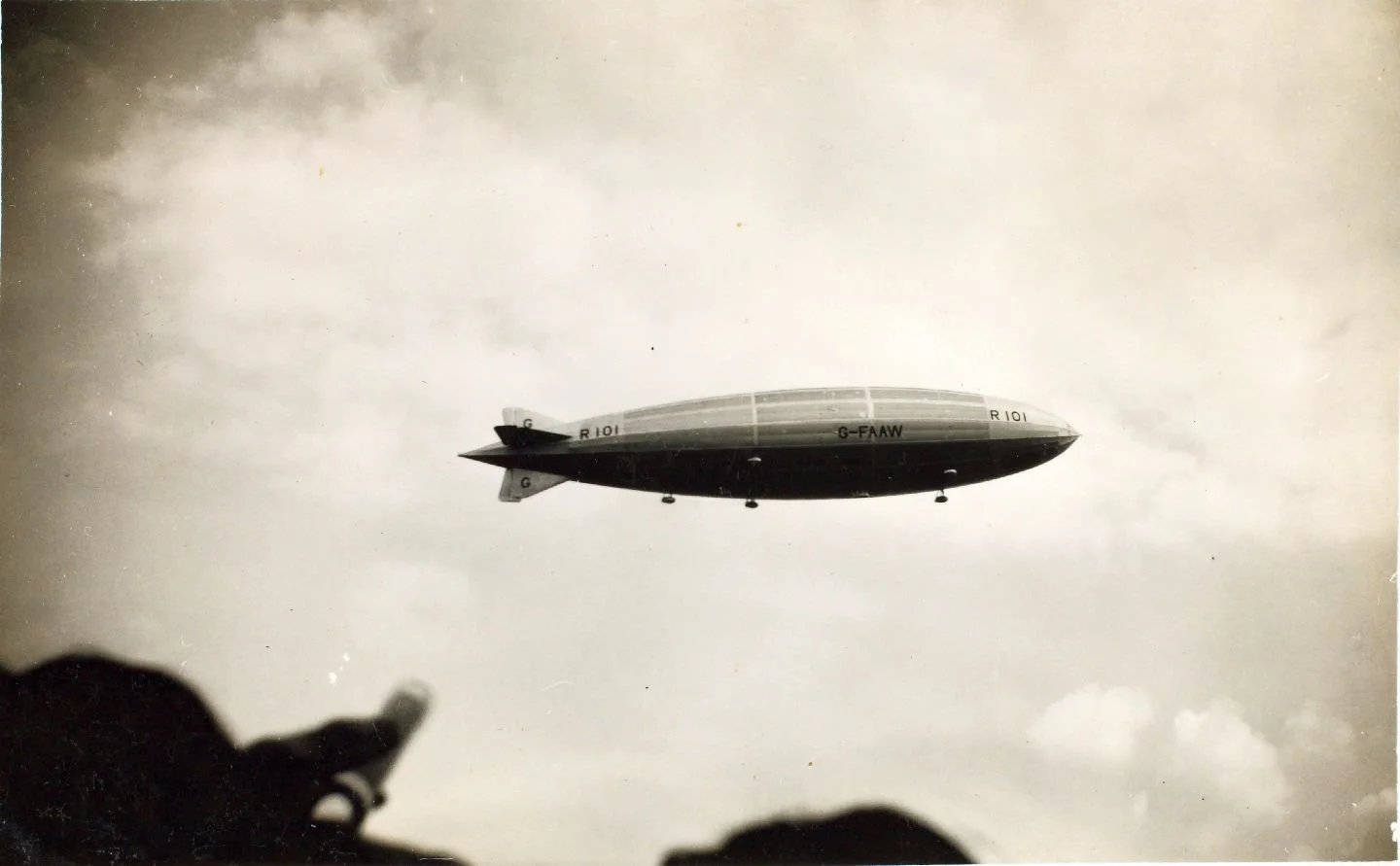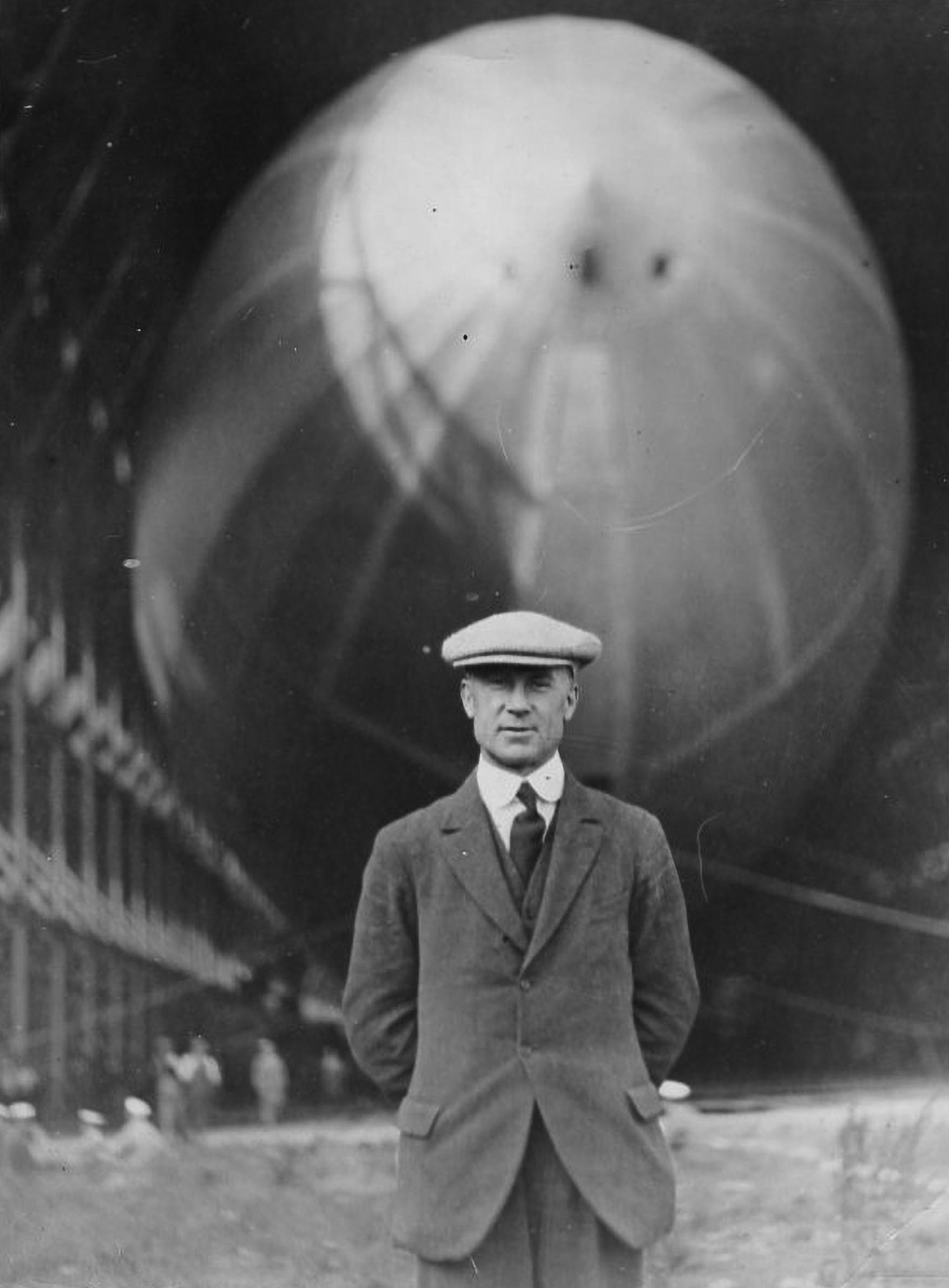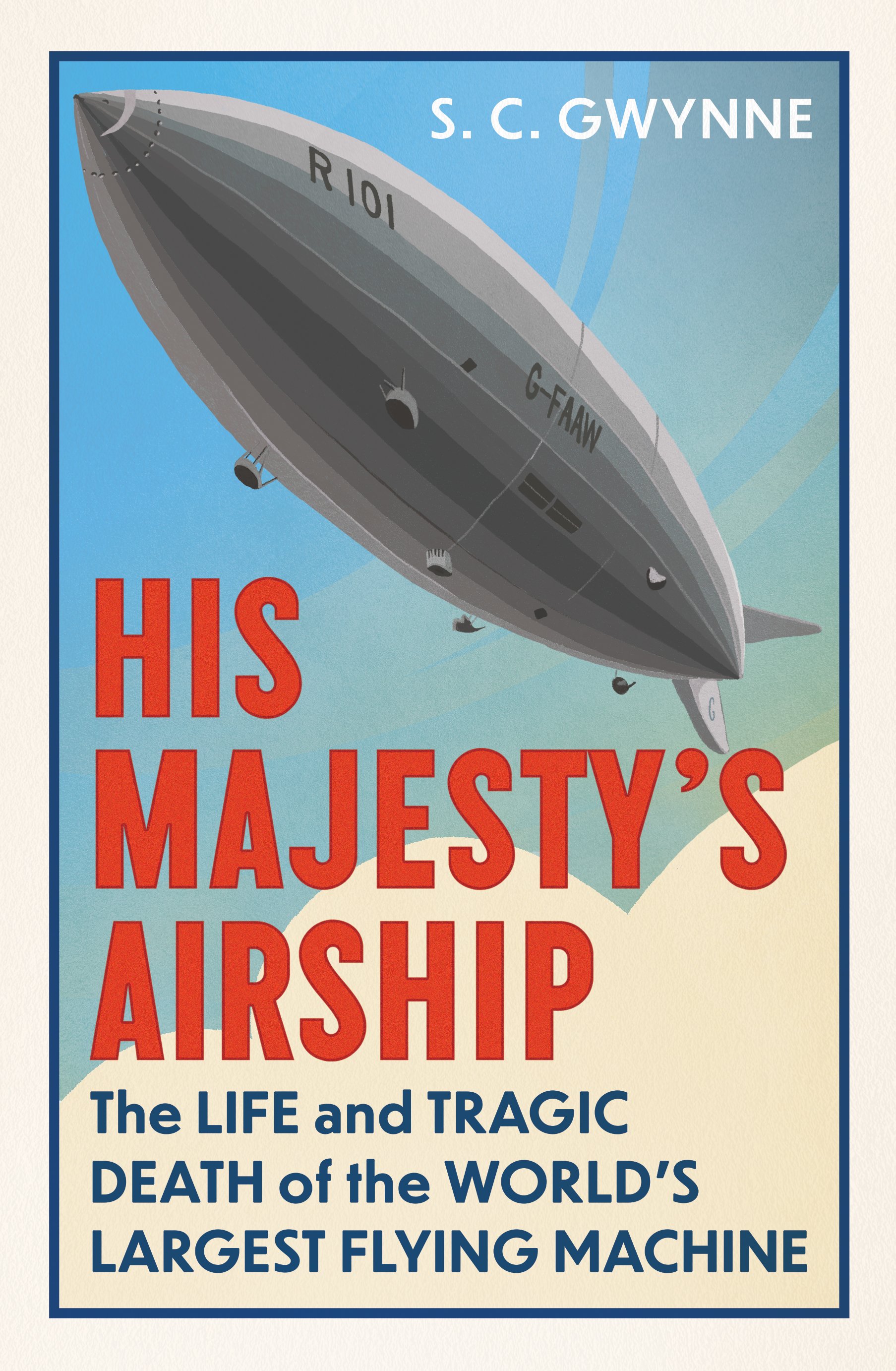His Majesty’s Airship: S.C. Gwynne (1930)
SC Gwynne by Kenny Braun
One of the most traumatic air disasters of the twentieth century happened on a stormy October night in 1930. By numbers, the crash of the airship ‘R101’ seems almost inconsequential when set against the huge numbers of those who fell during the First World War. But the 48 who died when R101 came down over the French countryside represented something important for Great Britain. At a time of growing unease, they symbolised the end of a dream.
*** [About our format] ***
In this episode, the New York Times bestselling writer, S.C. Gwynne takes Peter back almost a century to the ‘Airship Era’. This was an age when these huge machines were being developed by the leading Western nations: Britain, Germany, France and the United States of America.
Britain’s ‘R101’, Gwynne explains, was no ordinary airship. She was massive, even by the standards of the time. By volume she was far bigger than the Titanic. Her objective was every bit as ambitious. She was intended to fly the Minister for Air, Sir Christopher Birdwood Thomson, from Bedfordshire to India with just one stop along the way.
Such a flight might seem unlikely today, but in the 1930s when aeroplanes remained unsafe and were generally regarded as short-hoppers that could only carry a few passengers and very little fuel, airships were seen as a solution to long distance travel. The vision was enticing. Just as ocean liners glided through the seas, the airships would float through the skies. Inside passengers could chat and dine and peer out over the landscape below.
Even those who believed in this future had to admit that airships had had a very difficult past. At around the turn of the century they had evolved out of the old hot air balloons and blimps, with much of the progress being made by a German military figure called Count Ferdinand von Zeppelin. Initially Zeppelin had envisaged them as being weapons of war. During the First World War fleets of these ‘zeppelins’ had been sent on bombing raids across the English Channel.
The airships that developed during these years, however, were mostly ineffective as weapons. They were also perilously dangerous for those who were sent to pilot them. If a zeppelin was shot - as increasingly they were - it was likely to explode in a hydrogen fireball. Only a small number ever survived such an experience.
Sir Christopher Birdwood Thomson (second from the right), just before the departure of R101 from Cardington in October 1930.
As Gwynne points out, the problems did not end when the bullets stopped. Rigid airships remained hazardous throughout their history. They were difficult to control, hard to maintain, inherently instable and vulnerable in bad weather. The series of accidents that took place in the 1920 strongly influenced the design of R101, which was billed as the safest airship that there had ever been.
R101’s great political champion was a colourful character called Sir Christopher Birdwood Thomson. In this episode Gwynne introduces us to Thomson and explains just why he was so determined to fly R101 to India. Ultimately he, along with 47 others, would perish in the accident that happened in the early hours of 5 October 1930.
Listeners to this episode of Travels Through Time can be in with a chance of winning one of two hardback copies of S.C. Gwynne’s book, His Majesty’s Airship. All you have to do is head to the Instagram page of our friends at Unseen Histories, and follow/like their post on the R101 episode. A draw will be made on Friday 3 November.
***
His Majesty's Airship: The Life and Tragic Death of the World's Largest Flying Machine by S.C. Gwynne is available from Oneworld now. Read more at Unseen Histories.
*** Listen to the Podcast ***
Show Notes
Scene One: 30 June 1930. Royal Airship Works, Cardington. R101 is beset with problems.
Scene Two: 4 October 1930. The departure of R101 from Cardington, Bedfordshire.
Scene Three: 5 October 1930. Near Beauvais, France. The crash, and aftermath.
Memento: R101’s Control Car
People/Social
Presenter: Peter Moore
Guest: S.C. Gwynne
Production: Maria Nolan
Podcast partner: Ace Cultural Tours
Theme music: ‘Love Token’ from the album ‘This Is Us’ By Slava and Leonard Grigoryan
Follow us on Twitter: @tttpodcast_
See where 1930 fits on our Timeline
About S.C. Gwynne
Sam Gwynne is an award-winning journalist whose work has appeared extensively in Time, for which he worked as bureau chief, national correspondent and senior editor from 1988 to 2000, and in Texas Monthly, where he was executive editor.
His work has also appeared in the New York Times, Harper's, and California Magazine. His previous book Outlaw Bank (co-authored with Jonathan Beaty) detailed the rise and fall of the corrupt global bank BCCI. He attended Princeton and Johns Hopkins and lives in Austin, Texas with his wife Katie and daughter Maisie.







